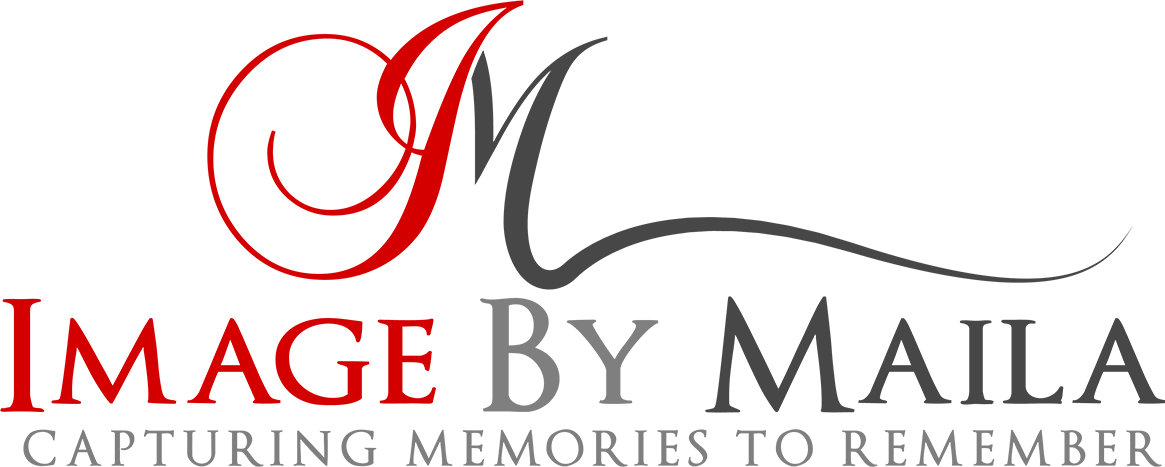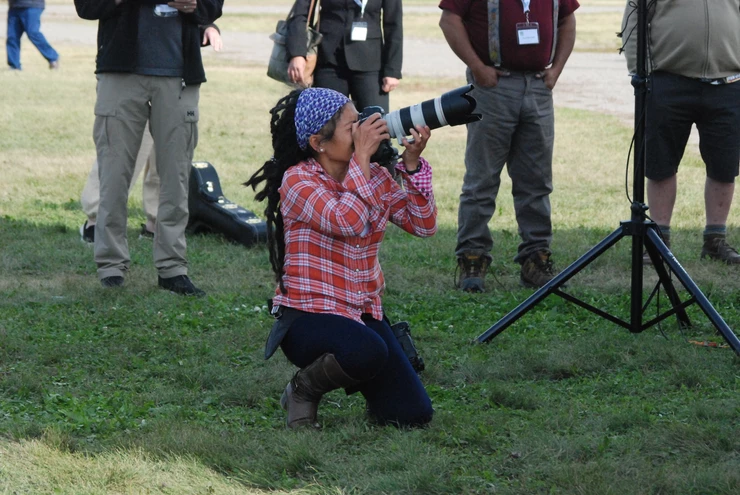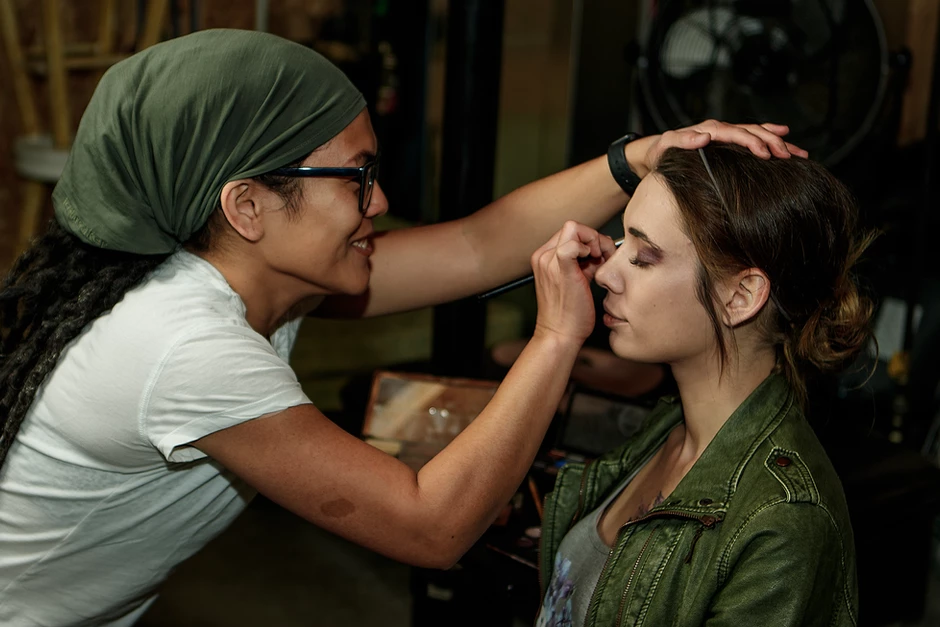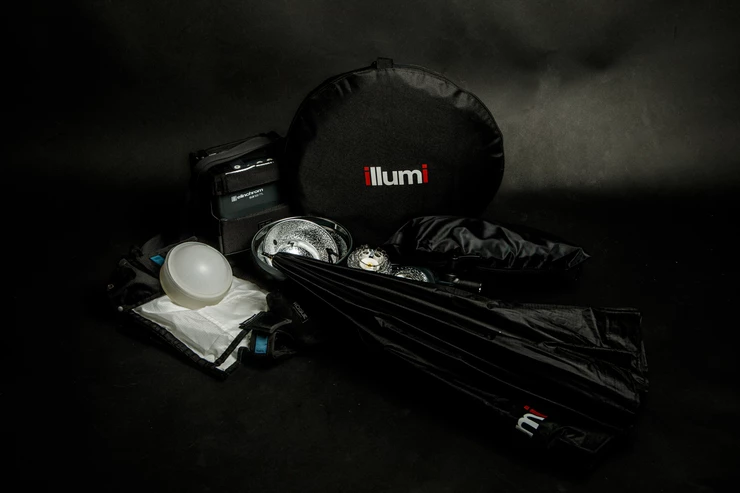I once read a post on social media expressing the idea that photographers are driven to pursue their craft out of an innate passion to create rather than rake in the big bucks. I couldn’t agree more and think this axiom applies to pretty well any creatively inclined individuals; hence the old adage about the life of a starving artist.
At my previous job in banking, I learned a lot about business and farming operations. I was a relationship manager for five years and along the way dealt with entrepreneurs and farmers. I learned that their operations are mostly objective. They provide products and services that can more easily be measured by the input and production costs as well as the demand.
I know how to interpret financial statements, assess business plans, read projections and even create one; these are all invaluable skills that I brought with me when I started my photography business. Early on, I immediately learned that it’s not the same as running a trucking company or raising cattle.

There are of course some similarities such as equipment costs, which every business incurs. However, determining how to set the rates I charge is much different as the demand for the service I provide is not the same as many commodities that are set largely by market forces. Curiously enough, even though my fledgling startup was not generating much revenue, I nevertheless remained steadfast along my path and pursued my love for photography. And since I had a regular full-time job before that to help cover the bills, there was less pressure – and time! – to acquire more bookings. I learned to better manage my time and expertise in pricing my services, on top of the visible operating expenses.
I honestly felt it was a blessing when an opportunity presented itself to become a banking specialist with a portfolio focused exclusively on arts and culture – I told myself this was the perfect fit for me. I brought with me the multiple perspectives of being an artist, business owner as well as a banker.
But being in this position, I immediately saw the flaws.
Most financial institutions see arts and culture as an economic industry that can potentially turn a big profit, and thus impose arguably unrealistically high target goals to achieve by dealing with the artists without really digging into the different variables of the market. For example, a painter who is always looking for a gallery to display their work or a singer searching for gigs to perform either at pubs or weddings is much less likely to make as much as consistently reliable money-makers such as funeral homes, vehicle repair shops, or insurance companies.

Another thing to consider is an artist’s fame and reputation – or lack thereof – will definitely affect how successfully their work sells. And all of these require time and endless growth. It is also sad when these artists are being evaluated under the same criteria as running a law firm when they come in for financial assistance, and even harder because arts and culture is considered a high-risk industry.
When it comes to arts and culture, I wish there was a greater understanding that the art itself is not the only source of revenue, but rather all of the activities surrounding it.
Now, perhaps some might disagree.
But hear me out first.
With films, for example, the process generally starts with writers; the creative minds who conjure up ideas and scripts. There is no revenue yet since they still need to pitch their story while at the same time working other jobs to make ends meet while hoping that somebody will take an interest and invest. Yet even if the project gets the greenlight, the artists who came up with the film’s concept have no immediate revenue. However, numerous external support industries were already generating income during production, such as hospitality and accommodations as well as vehicle and equipment rentals to name just a few.
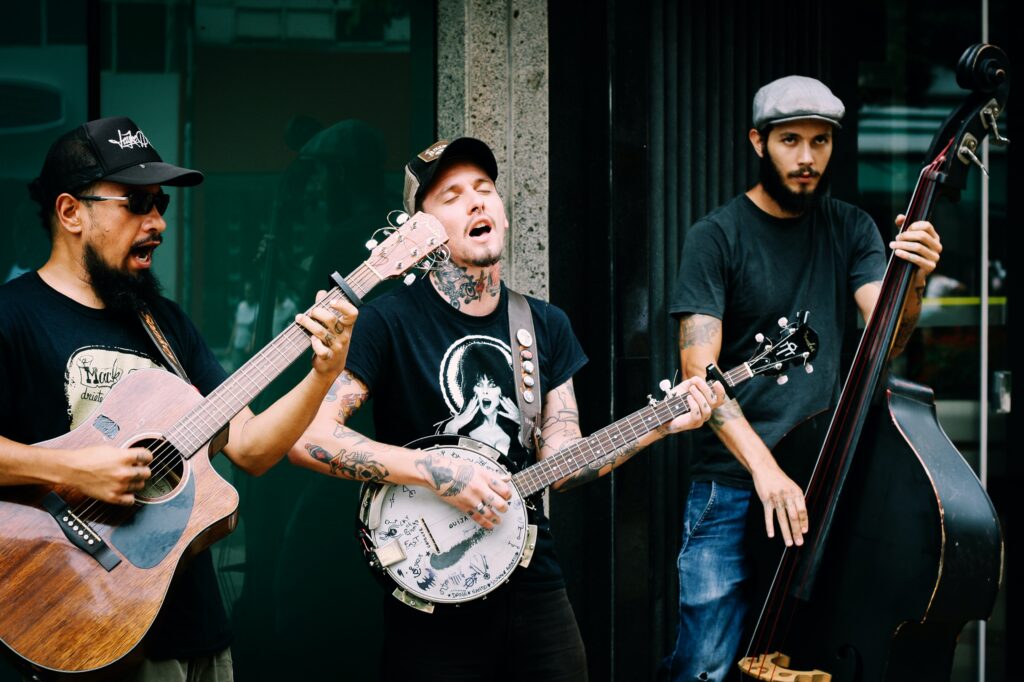
This same concept applies to musicians or any artists because most, if not all, creative minds just love their craft and they don’t always see it as something that will make tons of money, but hope for just enough to keep the lights turned on and food in their bellies with enough left over to buy more supplies to keep going.
Yes, it is nice to have a business that is related to the arts that you are passionate about. It’s even more beautiful if that venture can pay all of the bills, and if no artists would need to work at another job to make ends meet.
But the sad reality is there’s still a long way to go. As long as arts and culture are seen as no different from commodity-based businesses while some people are all-too-often prepared to lowball or undervalue the arts, new artists will have a hard time putting their names out there. Artists need the public and governments at all levels to advocate on their behalf; not just see them as little more than another resource to exploit.

I lost my job this past November and as of January 3rd, 2024 – the day I wrote this blog – I remain without full-time employment. Personally, I would love to focus exclusively on either my photography or baking. But I also know that for now, I need to get a day job to supplement these creative pursuits.
And for me, my best bet is to find a profession that still enables me to be creative by coming up with solutions based on data and feedback to help tackle jobs while still granting me the freedom to follow my culinary and photographic aspirations so that I don’t become a starving artist!
